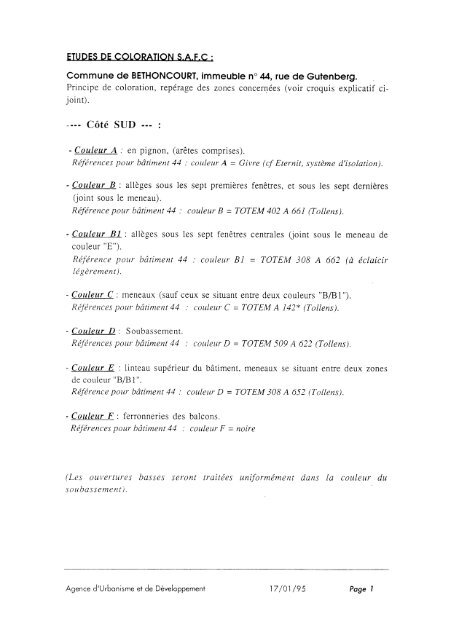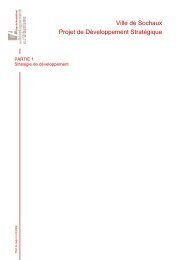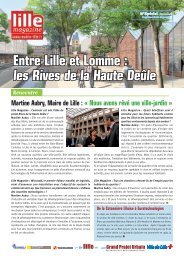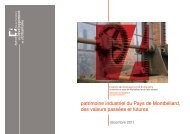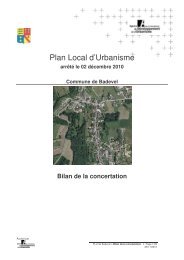télécharger le pdf - ADU
télécharger le pdf - ADU
télécharger le pdf - ADU
Create successful ePaper yourself
Turn your PDF publications into a flip-book with our unique Google optimized e-Paper software.
entrants has changed greatly over the years along each of these three dimensions. Theaverage age at entry, which was equal to 45.8 years at the beginning of the firstLegislature, declined to 42.7 in the 7 th Legislature (1976), and then started to risemonotonically to reach 50 in the 15 th Legislature (2006). The fraction of women in thecohorts of new entrants has almost trip<strong>le</strong>d between 1948 and 2006, from 7.2% to 20.8%.The smal<strong>le</strong>st percentage, 1.7%, was in the cohort that first entered the House during the5 th Legislature (1968-1972). The average <strong>le</strong>vel of education in the cohorts of new entrantshas also changed dramatically over time. The percentage of new entrants with a col<strong>le</strong>gedegree, which was equal to 91.4% at the beginning of the first Legislature, has beendeclining monotonically over time, and was equal to only 64.6% in the cohort thatentered the House for the first time in 2006. Focusing on the differences between thecohorts of politicians who first entered Parliament during the First Republic (1948-1992)and the Second Republic (1994-2006), we document that the average age at entry hasincreased from 44.7 to 48.1, the fraction of women has also increased from 8% to 13.9%,whi<strong>le</strong> the percentage of politicians with a col<strong>le</strong>ge degree has declined from 80.5% to68.5%. It is also interesting to point out that whi<strong>le</strong> the average age at entry of both menand women has increased from the First to the Second Republic (from 45 to 48.3 yearsfor men and from 41.1 to 46.5 years for women), and the percentage of <strong>le</strong>gislators with acol<strong>le</strong>ge degree is lower in the Second Republic than it was in the First Republic (whenthe percentages were 80.1% for men and 75.1% for women) for either gender, during theSecond Republic a larger percentage of fema<strong>le</strong> <strong>le</strong>gislators has a col<strong>le</strong>ge degree (70.1%)than their ma<strong>le</strong> counterparts (68.2%)To assess whether the trends we observe for Italy are indicative of a more generalphenomenon, in Figure 4 we plot the patterns in the average age at first entry, thepercentage of fema<strong>le</strong> new <strong>le</strong>gislators and the percentage of entering <strong>le</strong>gislators with acol<strong>le</strong>ge degree (“Bachelor”) in the U.S. data. With the exception of the fraction of womenin the cohorts of new entrants to Congress, which displays a similar, increasing pattern asthe one we observe for Italy, the trends we observe in the other two variab<strong>le</strong>s for the U.S.are quite different. In fact, the fraction of individuals first e<strong>le</strong>cted to the U.S. Congress33


